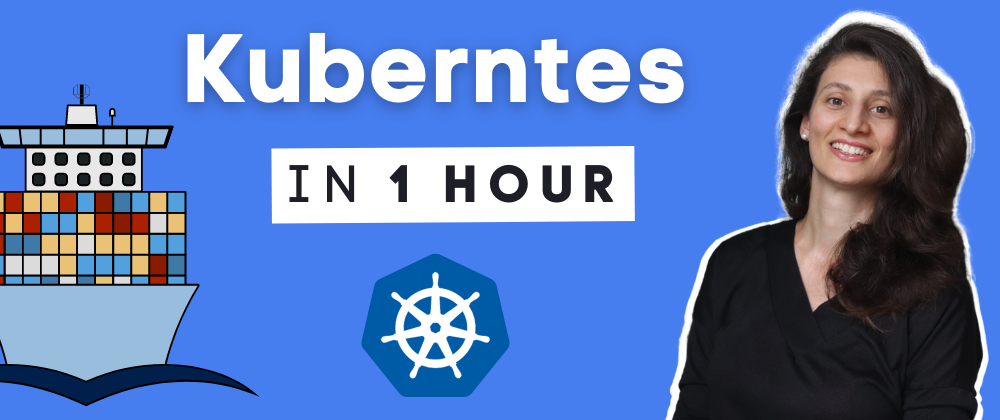Kubernetes, also known as K8s, is the most popular platform for container orchestration for automating deployment, scaling, and management of containerized applications.
Why we need Kubernetes? 🤔
After you have learnt Docker 🐳 you can start creating very complex applications with tens or even hundreds of containers, with containers talking to each other and interacting in some way.
And these containers would need to be deployed across multiple servers in a distributed way.
So you can imagine the overhead and effort you would have, if you had to manage these hundreds of containers manually without automation. 🤦♀️
Every time containers crash or the communication between them isn’t working across multiple servers, you would have to interfere and fix the problem.
So it would be great to have a tool that will automatically fix such issues and recover the application state. That tool is a container orchestration tool. ⭐️
And Kubernetes is one of the most popular container orchestration tools out there.
Getting started with Kubernetes 😎
In this crash course you will learn everything you need to know to get started with Kubernetes in 1 hour. You will learn all the core concepts, its architecture and how Kubernetes works including the main Kubernetes components that you need to learn to work efficiently with Kubernetes.
Finally, I will show a hands-on demo project, where you will learn how to deploy a web application with its database into a local Kubernetes cluster. It's a simple but realistic application setup, which can also serve as a blueprint configuration for most common application setups.
The full tutorial is available here: 🤓
▬▬▬▬▬▬ COURSE OVERVIEW 📚 ▬▬▬▬▬▬
💎 Part 01: Introduction to Kubernetes
In the first section you will learn all the core concepts.
- What is Kubernetes
- Benefits of Kubernetes
- Kubernetes Architecture (Control Plane and Worker Nodes)
💎 Part 02: Main Kubernetes Components
K8s has tons of components, but most of the time you are only working with a handful of them. This part shows you step by step how each component helps you to deploy your application and what the role of each of those components is.
- Node & Pod
- Configuring Access with Service & Ingress
- External Configuration with ConfigMap & Secret
- Persisting Data with Volume
- Replication with Deployment & StatefulSet
💎 Part 03: Kubernetes Configuration
In this part you'll learn the syntax and contents of K8s configuration file , which is used to create and configure components in a Kubernetes cluster.
💎 Part 04: Setup Kubernetes cluster locally (Minikube and kubectl)
- What is Minikube
- What is Kubectl
- Install Minikube and Kubectl
💎 Part 05: Complete Demo Project: Deploy WebApp with MongoDB
I will show a hands-on demo project, where you will learn how to deploy a web application with its database into a local Kubernetes cluster. It's a simple but realistic application setup, which can also serve as a blueprint configuration for most common application setups.
- Demo Project Overview
- Create MongoDB ConfigMap
- Create MongoDB Secret
- Create MongoDB Deployment and Service
- Create WebApp Deployment and Service
- Pass Secret Data to MongoDB Deployment
- Pass Config Data to WebApp Deployment
- Configure External Access
- Deploy all K8s resources into Minikube cluster
- Interacting with Kubernetes Cluster
- Access Web Application in Browser
▬▬▬▬▬▬ Course Pre-Requisites ▬▬▬▬▬▬
Docker - learn here: ► https://youtu.be/3c-iBn73dDE
YAML - learn here: ► https://youtu.be/1uFVr15xDGg
Like, share and follow me 😍 for more content:



















